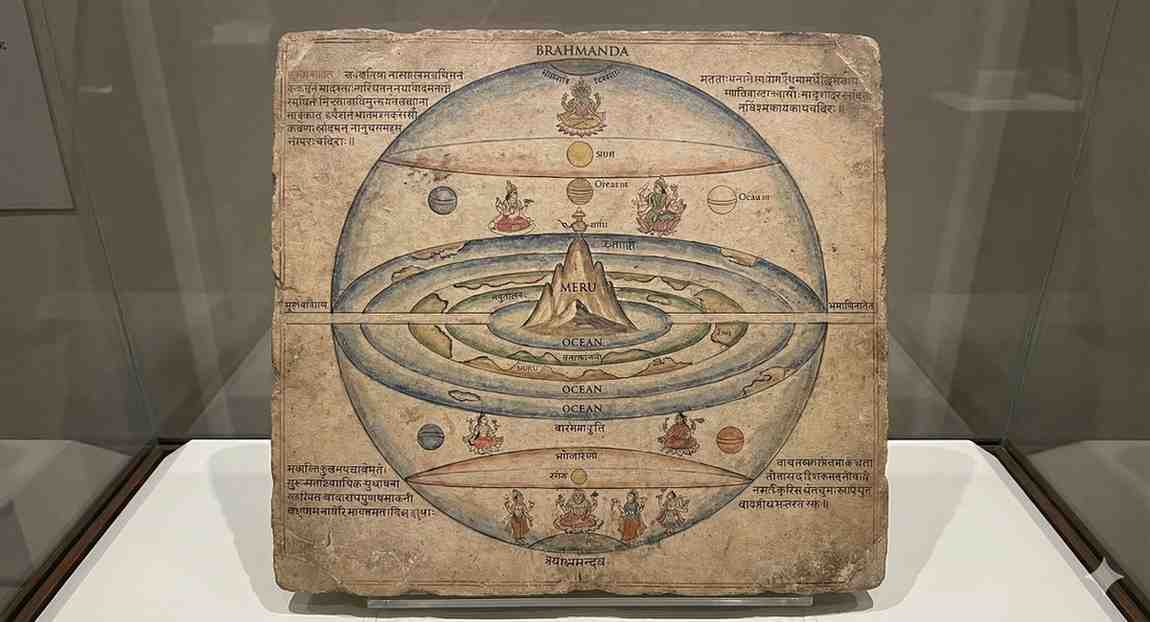
Religious Influence in Politics: How It Shapes Democratic Norms in India
Understanding the Intersection of Faith and Governance in the World’s Largest Democracy
Key Highlights:
- Religious Diversity: India is home to over 1.4 billion people practicing Hinduism (79.8%), Islam (14.2%), Christianity (2.3%), Sikhism (1.7%), and other faiths (Census of India, 2011).
- Political Representation: Religion influences voter behavior, with 80% of voters considering religious alignment important in elections (Lokniti-CSDS Survey, 2019).
- Religious-Based Policies: The government allocated ₹4,000 crore in 2024 for schemes benefiting minorities, including scholarships and skill development (Ministry of Minority Affairs, 2024).
- Polarization Trends: Communal violence incidents rose by 7% in 2024, impacting political campaigns and voter sentiments (Home Ministry Annual Report, 2024).
Introduction
India’s democratic fabric is intricately woven with its religious diversity. While secularism is enshrined in the Constitution, religion continues to play a pivotal role in shaping political norms, policies, and voter behavior. From electoral campaigns to legislative frameworks, religious influence can unify communities or fuel polarization. This article explores how religion impacts Indian democracy, its potential benefits, and the challenges it poses to secular governance.
The Role of Religion in Indian Politics
1. Historical Context
India’s political landscape has been shaped by its religious history:
- Partition Politics: The division of India in 1947 was based on religious lines, cementing the role of religion in political narratives.
- Constitutional Secularism: India adopted a secular framework, ensuring equal treatment of all religions under Articles 25–28 of the Constitution.
2. Religious Representation in Politics
Religious identity often dictates political representation:
- Hindu Majority Influence: Parties like the BJP emphasize Hindu nationalism, aligning policies with cultural and religious sentiments.
- Minority Representation: Political parties like AIMIM and Congress address the concerns of Muslim, Christian, and other minority communities.
3. Religion as a Voting Factor
Religion significantly influences voting patterns:
- Hindu Consolidation: BJP’s victory in the 2019 and 2024 elections saw strong support from Hindu voters, particularly in North and Central India.
- Minority Support for Congress: Congress traditionally garners votes from Muslim and Christian communities, evident in Kerala and West Bengal.
Religious Policies and Schemes
1. Minority Welfare
The government regularly announces schemes to support minority communities:
- Educational Scholarships: Over 50 lakh minority students benefitted from scholarships in 2024 under the Pre-Matric and Post-Matric Schemes (Ministry of Minority Affairs).
- Skill Development Programs: ₹1,200 crore allocated to Nai Manzil, a skill development scheme for minority youth.
2. Religious Pilgrimage Subsidies
Subsidies for religious pilgrimages have sparked debates:
- Haj Subsidy: Phased out in 2018, with funds redirected to minority education programs.
- Kailash Mansarovar Yatra Grant: The government reimbursed ₹3 crore for pilgrims in 2024.
3. Legislative Policies
Religion influences laws, particularly personal laws:
- Triple Talaq Ban: Enacted in 2019, addressing gender rights within the Muslim community.
- Uniform Civil Code (UCC): A topic of ongoing debate, with proponents arguing it ensures equality and critics fearing cultural erosion.
Challenges of Religious Influence
1. Communal Polarization
- Incidents of Violence: Communal clashes increased from 822 in 2023 to 879 in 2024, according to the Home Ministry.
- Electoral Rhetoric: Political campaigns often exploit religious differences, creating divisions among communities.
2. Secularism Under Strain
- Judicial Interpretations: Cases like the Ayodhya verdict reflect the delicate balance between secular law and religious sentiment.
- Policy Bias: Critics argue that favoritism in policy-making undermines the secular ethos of the Constitution.
3. Marginalization of Minority Voices
- Underrepresentation: Despite making up 14.2% of the population, Muslims held only 27 seats in the Lok Sabha in 2024, the lowest in decades.
- Economic Disparities: Minority communities often lag in literacy and employment rates, further fueling political grievances.
Positive Contributions of Religion in Politics
1. Community Empowerment
Religion-driven initiatives have uplifted marginalized groups:
- Educational Empowerment: Faith-based schools and NGOs contribute significantly to literacy in rural and underprivileged areas.
2. Social Cohesion
Festivals and interfaith dialogues facilitated by political leaders promote national unity.
3. Grassroots Mobilization
Religion often serves as a platform for mobilizing people around developmental issues, as seen in community health campaigns led by religious organizations.
Balancing Religion and Democratic Norms
Recommendations:
- Strengthen Secular Institutions: Ensure unbiased implementation of laws and policies through judicial and administrative safeguards.
- Encourage Interfaith Harmony: Promote programs that foster understanding and reduce communal tensions.
- Regulate Electoral Rhetoric: Implement stricter laws against hate speech and divisive campaigns.
- Enhance Minority Representation: Increase political participation of underrepresented groups to ensure inclusivity.
Conclusion
Religion’s influence on politics is deeply embedded in India’s democracy, shaping governance, policies, and societal norms. While it can unite and empower communities, unchecked religious influence risks polarizing the nation and undermining secular values. The challenge lies in harnessing this influence constructively to uphold democratic ideals while respecting India’s rich cultural diversity.



